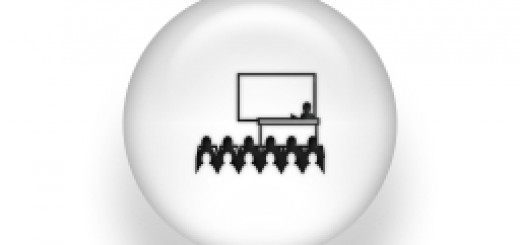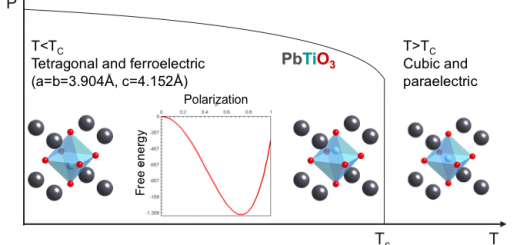Interplay of Coulomb correlations and geometrical frustration in two-dimensional compounds
 Wednesday, 18 March 2009, 15.00-16.00
Wednesday, 18 March 2009, 15.00-16.00
Dr. Jaime Merino
Universidad Autónoma de Madrid
ABSTRACT:
The behavior of strongly interacting electrons in two-dimensions is yet poorly understood. An important challenge is to understand the interplay between local and spatial correlations induced by the Coulomb interaction which occurs in, for example, layered organic superconductors and cuprates.
These systems can be considered as benchmarks of the bandwidth controlled or doped controlled Mott transitions, respectively.
Since in these materials the Coulomb repulsion energy is comparable to their bandwidth, perturbative or mean-field approaches fail to describe many of their unconventional properties observed.
In the present talk, we show how modern versions of dynamical mean-field theory extended to clusters (CDMFT) can deal with on-site dynamical and spatial correlations on equal footing avoiding uncontrolled approximations.
As a recent application, we discuss the Hubbard model on an anisotropic triangular lattice, which is the minimal model relevant to the layered organic superconductors. We find that small deviations from the isotropic limit leads to qualitative changes in the temperature-Coulomb interaction phase diagram which are in overall good agreement with observations in various organic materials. A clear correlation between
the spin degrees of freedom and the different phase diagrams is discussed.


















